The 'Dissolving Caterpillar' Decluttering Method encourages you to shed old patterns, not just get rid of stuff – here's why the experts encourage it
Align your space to your habits and goals with this mindful decluttering method


The Dissolving, or 'Caterpillar', Decluttering Method cannot be undertaken overnight, but experts say decluttering your home using it will leave you feeling more aligned with your space than ever before.
It focuses on doing inner work first, evaluating your old patterns and habits that led to clutter accumulation, and working to shed those before parting with possessions.
I talked to professional organizers and a psychologist about this decluttering tip to hear who they feel it will benefit, and then I tried out the Caterpillar Decluttering Method for myself. Here's how it went.
What is the Caterpillar decluttering method?
The Caterpillar decluttering method is a multilayered approach to decluttering that heavily relies on a person taking time to reflect on their habits before removing items from their home.
Think of the process of a caterpillar becoming a butterfly: it is a gradual transformation where the caterpillar sheds what no longer serves it to emerge as something stronger and more beautiful.
Shari B. Kaplan, founder and clinical director at Cannectd Wellness, says, 'The "dissolving caterpillar" method of decluttering is a unique one of the decluttering methods out there that offers a refreshing and deeply therapeutic lens through which to approach not just our physical spaces, but also our emotional landscapes.
'Unlike traditional decluttering, which focuses on eliminating excess, this method emphasizes transformation, mirroring the metamorphosis of a caterpillar into a butterfly. The goal isn’t simply to “get rid” of things, but to let go of patterns, roles, and identities that no longer serve who we are becoming.'
Design expertise in your inbox – from inspiring decorating ideas and beautiful celebrity homes to practical gardening advice and shopping round-ups.
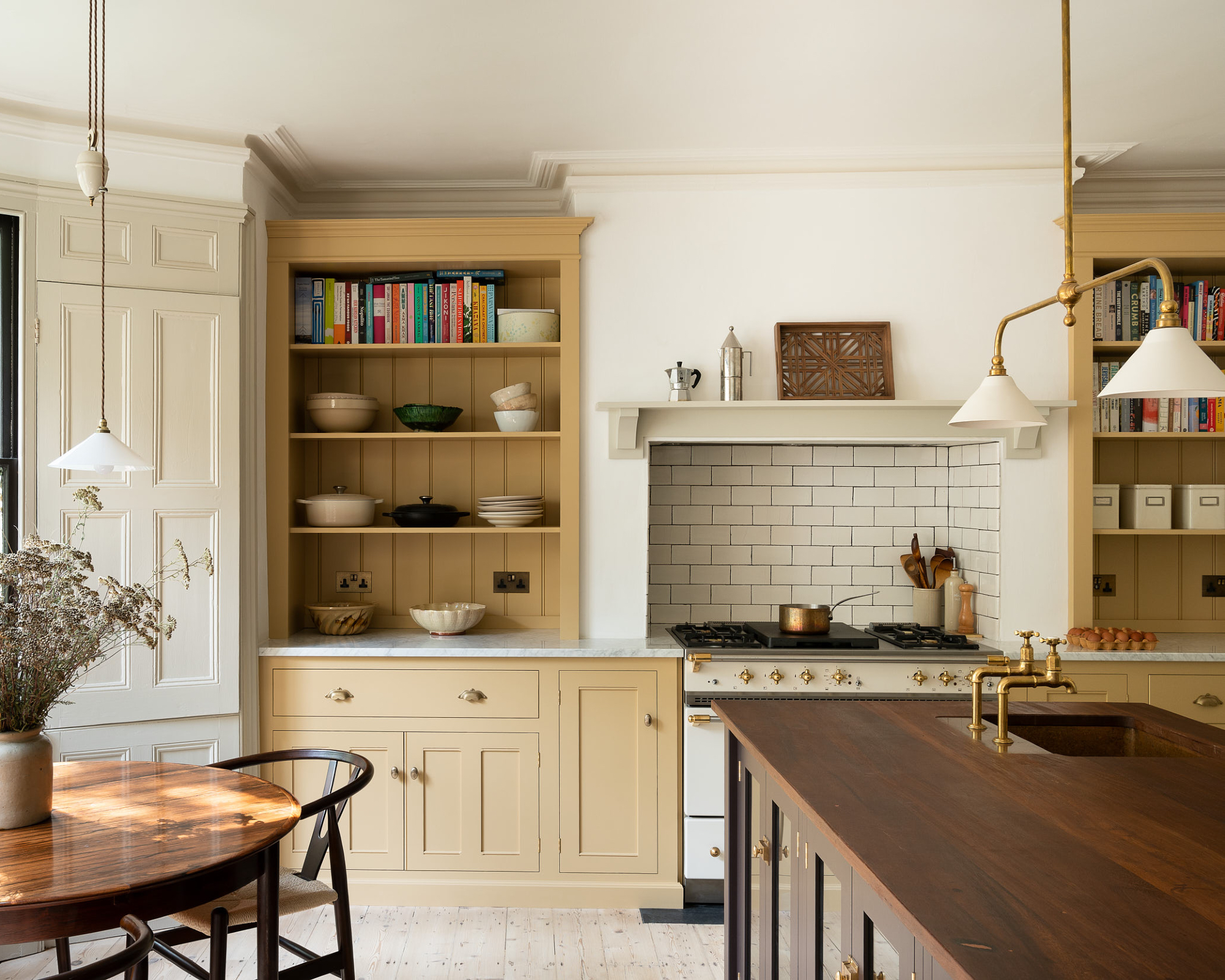
Shedding old habits that no longer serve you can help you better achieve your current goals, and creates a home that grows with you.
For example, in the past, you may have been someone who frequently had "retail therapy" sprees, someone who struggles to declutter your home when you feel overwhelmed, or perhaps someone who struggles to resist a good bargain even if they don't need the item on sale (I'm definitely still guilty of this on occasion).
By taking time to evaluate our 'whys', meaning why we are living the life we are seeking to change now, we gain both a better understanding of our stuff as well as ourselves.
Pros and cons
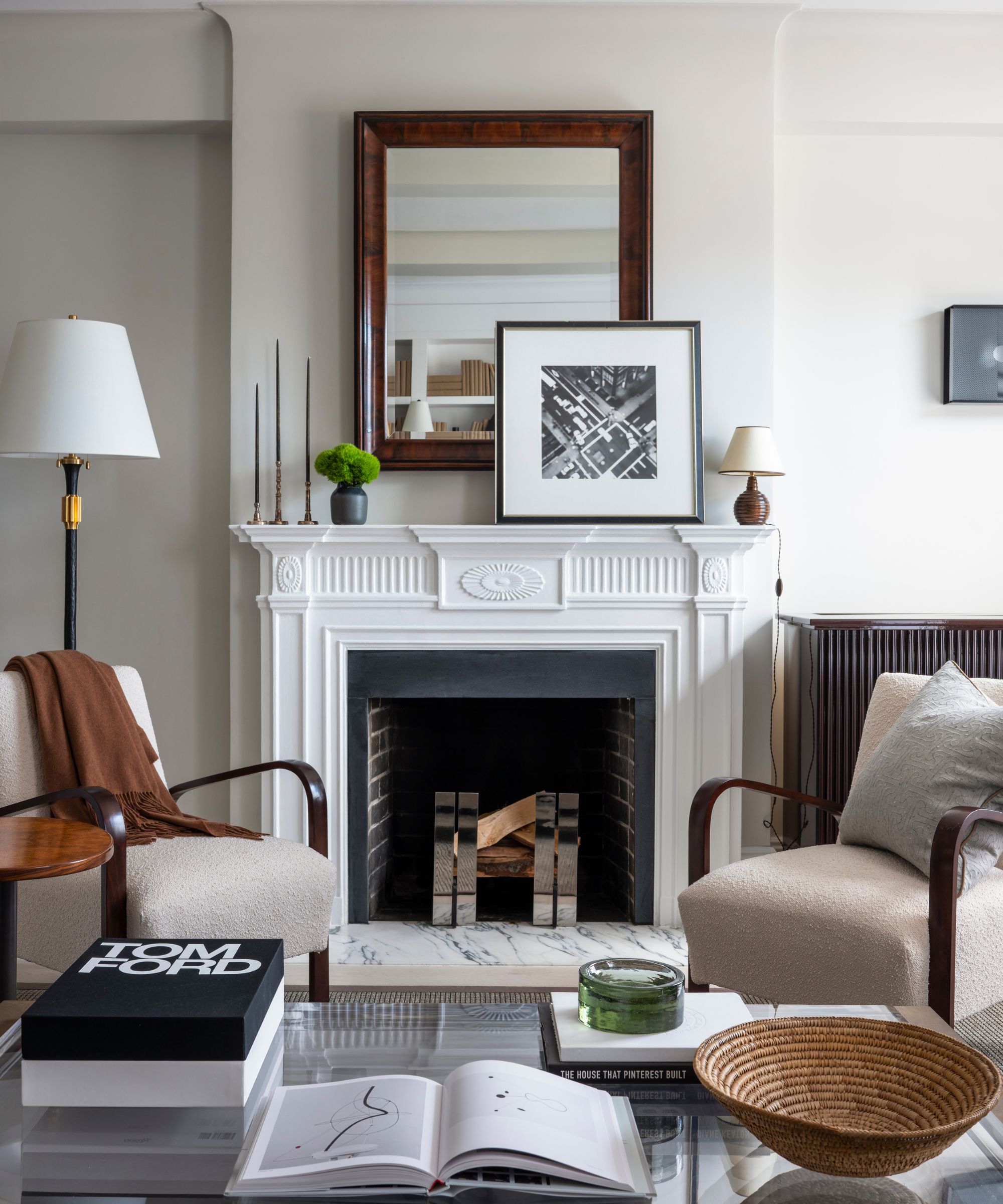
As with any decluttering method, the dissolving method benefits different people in different ways.
Shari broke down the three main pros and cons of the Caterpillar decluttering method, explaining how the method may help someone and the potential decluttering roadblocks:
Pros
- Emotional integration: By focusing on inner shifts, the method allows individuals to process the emotional and psychological attachments they have to their possessions [including the attachments of their 'fantasy self']. This can foster meaningful self-awareness of how they attach to people and their connections to other areas of their lives. With this new awareness, individuals can develop and begin a consistent process that can lead to long-term behavioral change.
- Identity realignment: It offers a powerful tool for people going through transitions, whether it’s grief, recovery, a breakup, or a major life change, by helping them gently release outdated roles or versions of themselves.
- Sustainable decluttering: The method doesn’t just clear space, it clarifies purpose. People are more likely to keep the home clutter-free when they’re deeply connected to why they made the changes in the first place.'
Cons
- 'Time and emotional energy: This method requires introspection, which can be emotionally taxing, especially for those not ready or supported in their emotional process. This isn’t a difficult task, but it does take effort and desire.
- Risk of stagnation: Some individuals may get stuck in analysis paralysis or avoidance, unsure of what to let go of or what identity to step into next. Without guidance on how to overcome decision fatigue and other struggles, the process of decluttering through the Caterpillar method can become overwhelming. Perhaps having a close friend with you during the ‘cleanse’ can add the support you need to persevere through the process.'
How to follow the Caterpillar decluttering method
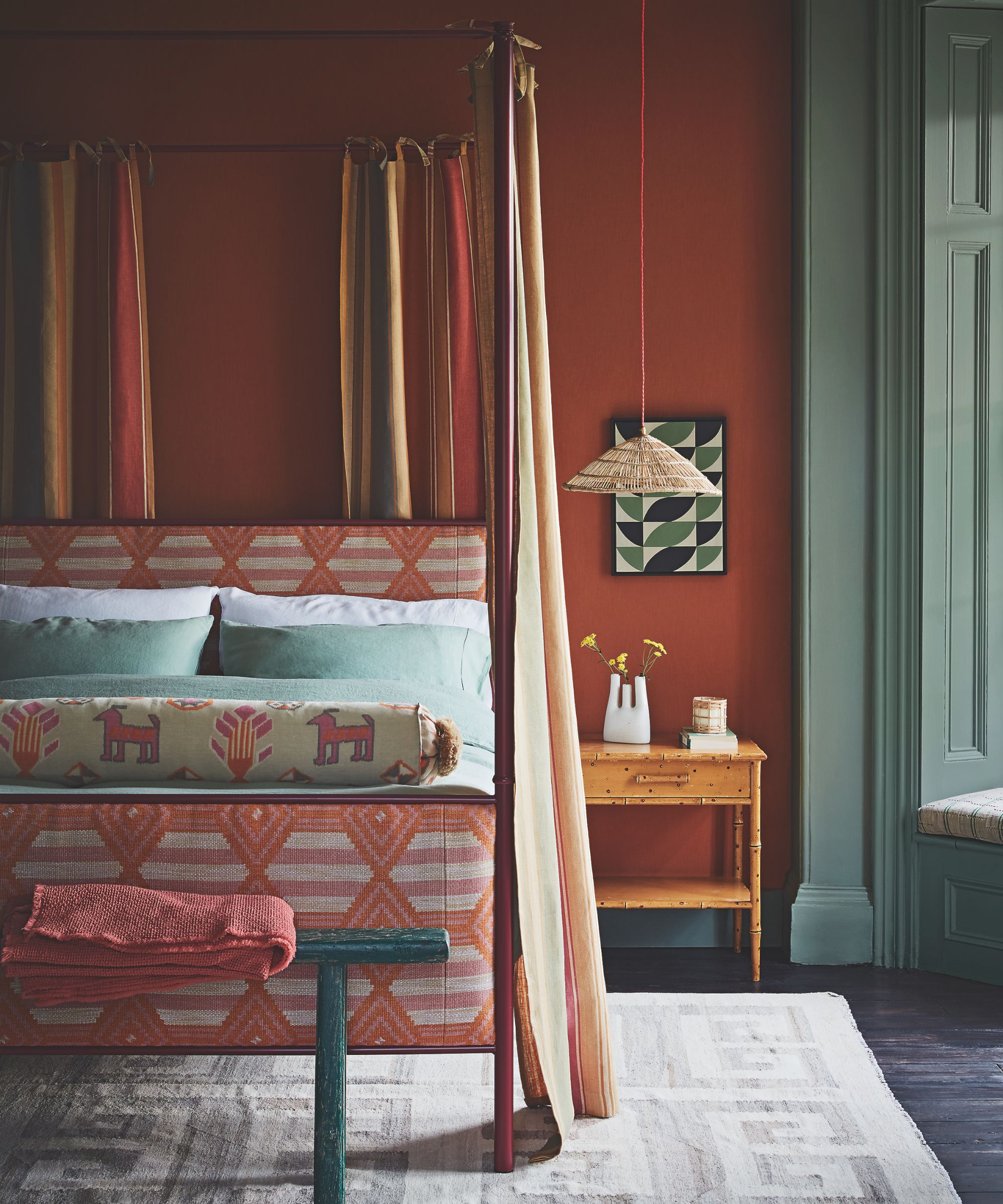
This method can be used on a room-by-room basis, or for whole home transformations.
The Caterpillar Decluttering method can be broken down into six manageable steps.
Di Ter Avest, professional organizer, owner of Di Is Organized, and author of Organize Yourself Healthy shares the following process:
- 'Pick a space to start with – maybe your wardrobe, office, or bookshelf.
- Pause and reflect: Before touching anything, ask yourself, 'Who am I becoming?' or 'What version of me am I ready to leave behind?'. [Leaving empty space between your displayed items, as described in the Japanese idea of 'inyo onyo', can turbocharge your decluttering and make your home feel more breathable, ready for your blank slate].
- Item by item, ask: Does this reflect who I am now or who I'm becoming? Am I holding onto this out of guilt, habit, or old identity?
- Thank the item (if that's your style) and let it go with intention.
- Journal if you need to: This can bring up emotions – writing it out can help you process it [if journals aren't your thing, we recommend writing your thoughts down onto post-its like these Post-it® Notes in Canary Yellow from Target. Even jotting down keywords that come to mind and sticking them on a wall to reflect on can be helpful].
- Repeat the process as you move through other areas of your home and life.'
As an extension of the Caterpillar method Ben Soreff, professional organizer and partner at House to Home Organizing, encourages people to consider where each item belongs in their home organizing ideas and life once an item is deemed as a 'keep'.
He says, 'Once we keep the item, we need to determine the best place for it to live in our space based on how often we use it, and finally, the best storage solution.
'By reviewing items with a focus on stopping bad patterns, we can have a more decluttered and organized home that aligns with the best version of ourselves.'
Who is the method good for?
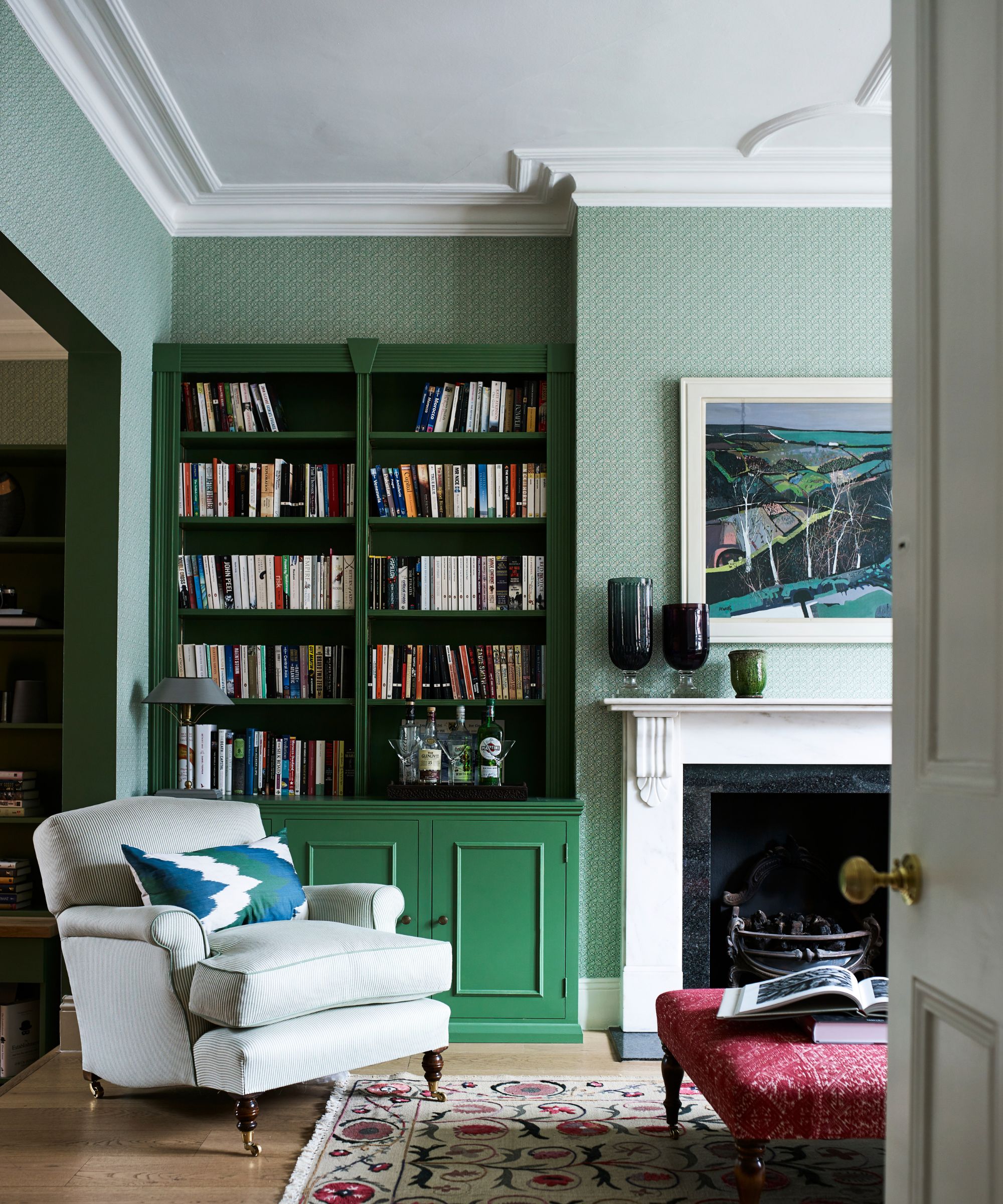
This method is perfect for big life changes, helping to support you through it.
Di says, 'This method is perfect for people going through a change – new parents, career shifts, relationship changes, healing journeys, or anyone feeling like their outer space no longer matches their inner self. If you're craving alignment between your space and your soul, this one's for you.'
That being said, the Caterpillar decluttering method can work for anyone, whether they are going through a big personal change, struggling to declutter sentimental items when it feels hard to let go, or for those just seeking to check in with who they are.
I tried it, and this was the result
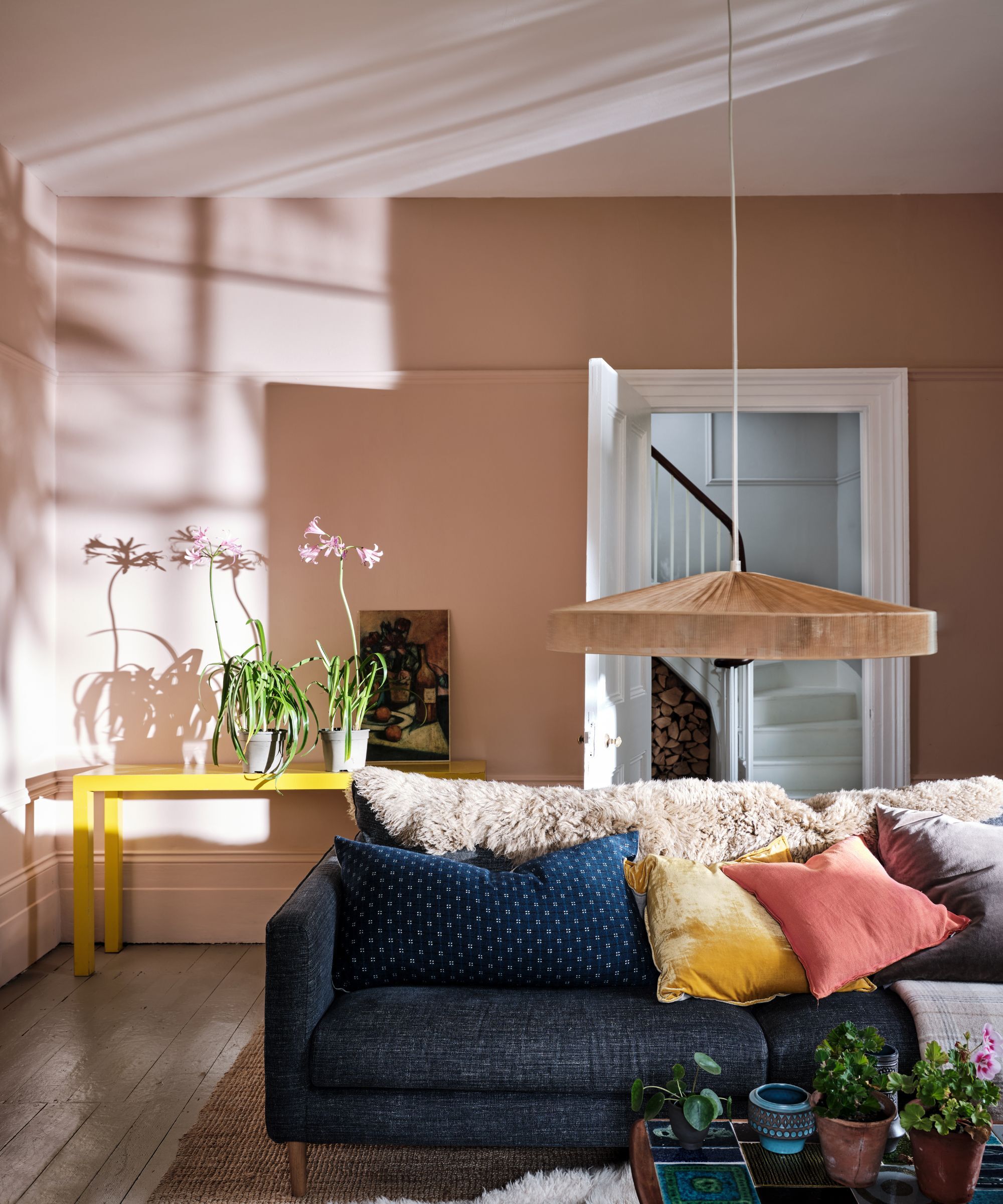
This process helped me after my first big house move.
As someone who recently moved into their first 'adult home', I felt that trying this method out would be beneficial. I've been reflecting a lot lately on how to improve myself as a person and how to get better at sticking to good routines and decluttering habits, so shedding some surplus through the Caterpillar decluttering method sounded like a mindful addition to my current inner work.
I began the process by looking around my main living area and taking a mental note of what was there, as well as how often I felt bothered by the stuff.
After taking time to pause, I slowly worked my way around the edge of the room, asking myself questions about each item on display: "When is the last time I bothered with this?", 'Why don't I bother with it?', 'Could someone else love or use this more?'. I spoke my reasons for parting with each item out loud to help solidify the sense of non-attachment akin to 'non-attachment theory' in my head, saying things like, 'I never reach for this stuffed animal, but it could be someone else's favorite.'
Then, I placed the items in a box in the middle of my floor to bag up for donation at the end of the process. I use one similar to this 11" Fabric Cube Storage Bin from Target. I love how it's lightweight to carry from room to room when decluttering, as well as how it folds up when not in use.
Once I felt content with what I was letting go, I took a moment to sit on my bed and reflect on how I felt in the space now. I felt lighter like the space itself was more breathable, but also as though a weight had been lifted from my shoulders.
I'd definitely recommend the Caterpillar decluttering method, not only for people going through a period of transformation but also for people who struggle to let items go. I found the process of reflection to be a very gentle way to part with stuff, which made letting go of stuff easier. The method was both effective as well as reassuring in terms of decision-making.
Decluttering essentials
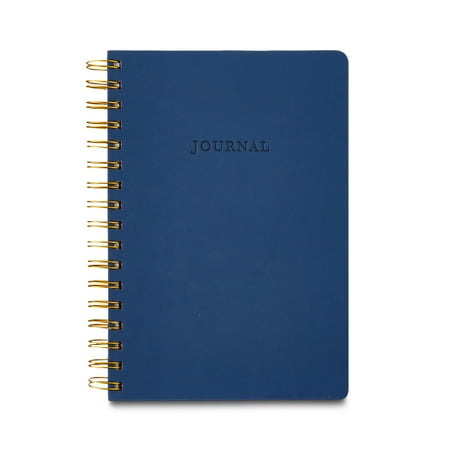
Perfect for jotting down your thoughts as you reflect while decluttering. This notebook is not too visually stimulating and won't distract you from your inner work.
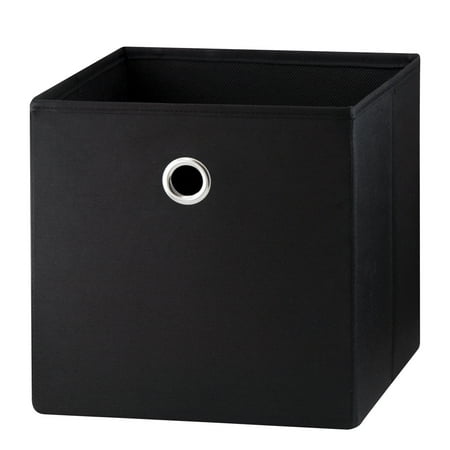
I often use a collapsible storage cube to place items in as I declutter. I love how it neatly folds away and takes up little space in my home when not in use.

Reading a book such as Marie Kondo's best-selling 'The Life-Changing Magic of Tidying Up' can really help to solidify why decluttering can have a big impact on your life prior to trying a method out.
Meet the experts
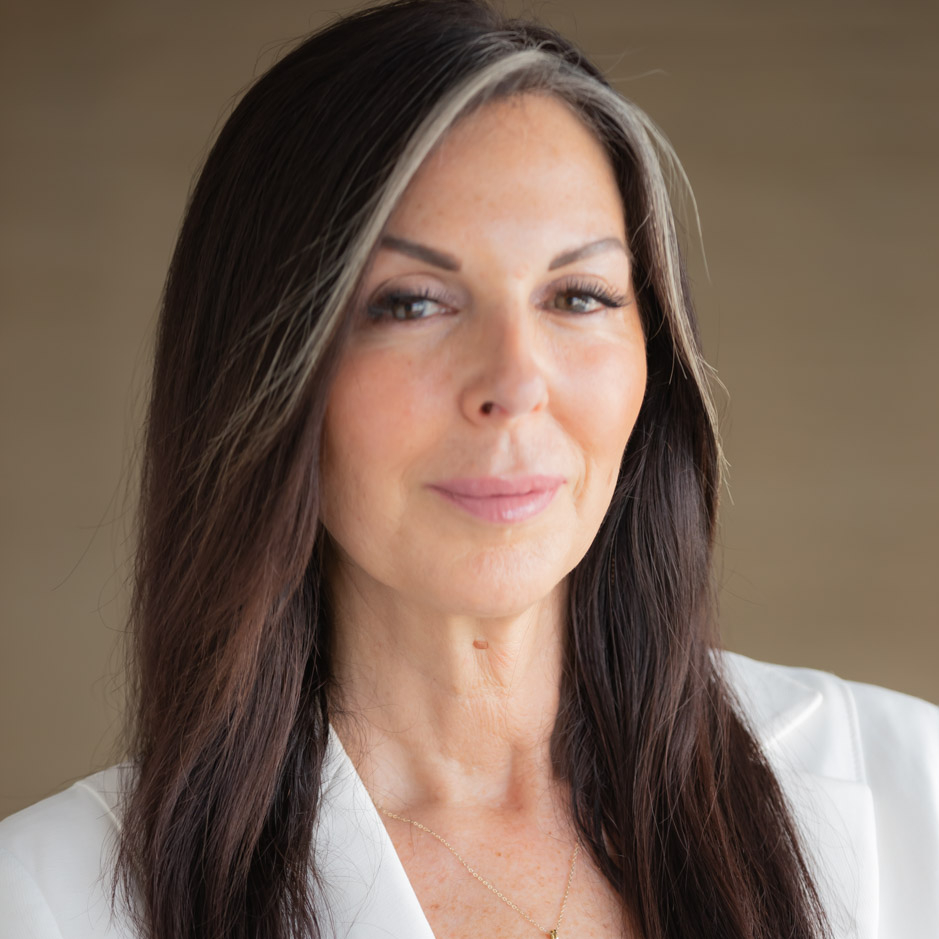
Shari B. Kaplan is a pioneering clinician in integrative mental health, with over 30 years of experience in trauma-focused care and the founder of Cannectd Wellness. Each year, Shari and her team at Cannectd Wellness provide care to over 1,000 patients, offering personalized healing plans that address trauma, chronic stress, and complex mental health challenges
Kaplan earned her Master’s in Clinical Social Work (MSW) from Fordham University, where she developed a deep foundation in mental health treatment and therapeutic interventions.
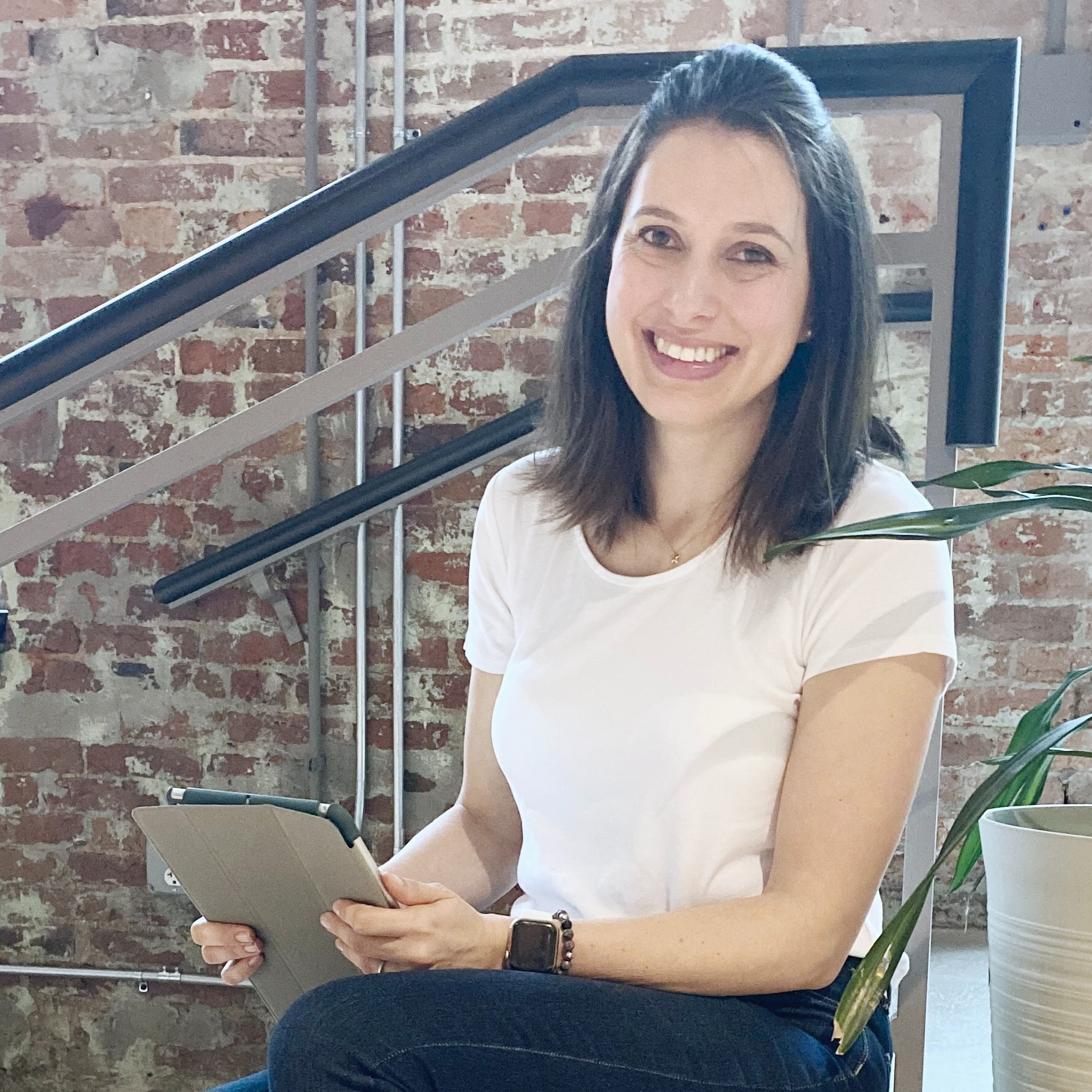
Di Ter Avest has been a professional organizer for 12 years, helping 80-100 families per year through in-home organizing services. Di's extensive hands-on experience and the Organize Yourself Healthy method they specially created set them apart. This unique approach combines home organization with personal well-being, helping moms and families create systems that truly support their lifestyles.

Ben Soreff has been a professional organizer for 17 years, and a partner at House 2 Home Organizing (a member of the National Association of Professional Organizers - NAPO) for around 10. House to Home Organizing help around 160 families per year.
If paced, mindful decluttering methods work best for you, you may be interested in learning about the art of 'slow decluttering'. Experts say it's great for people who feel overwhelmed by the task of decluttering, and it helps people assess an item's true value in their life before letting go.

Ciéra is a writer and regional laureate with particular passions for art, design, philosophy and poetry. As well as contributing to Homes & Gardens, she's an Editorial Assistant for Design Anthology UK and a contributing writer for magazines including Livingetc, Apartment Therapy, House Beautiful and Ideal Home. Previous commendations of hers include being Highly Commended by The Royal Society of Literature and receiving a prestigious MA Magazine Journalism scholarship to City, University of London.
You must confirm your public display name before commenting
Please logout and then login again, you will then be prompted to enter your display name.